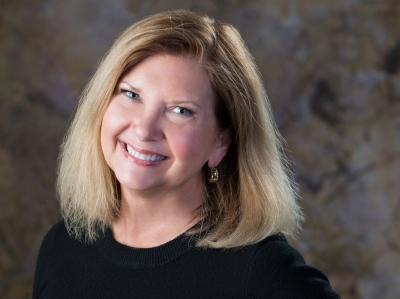Publisher's Note

Last summer, Peoria was ranked 20th in the nation for the value of its exports, exceeding considerably larger cities such as Cleveland, Indianapolis and Pittsburgh. “Clearly, our high ranking is due in large part to the export success of Caterpillar and our agriculture-related products,” remarked James Foley, director of the Illinois SBDC International Trade Center and NAFTA Opportunity Center at Bradley University. “However, what is often misunderstood is the strength of small- to mid-sized firms in the Peoria area.”
The phenomenon of globalization, of course, is nothing new—it has been going on, to some degree, for decades. Here in the heart of Caterpillar country, we have watched as that company’s adaptation to the emerging global marketplace has become one of globalization’s great success stories. In recent years, the international efforts of mid-sized companies like Excel Foundry, ATS and Maui Jim have flourished as well.
For any business that wants to work overseas, understanding the unique nuances of a culture is paramount. One can learn a lot about a country and its customs on the Internet, but that only goes so far. Institutions like Bradley’s International Trade Center and consulting firms such as Aperian Global can be invaluable resources in overcoming cultural barriers to business success. Of course, nothing can substitute for firsthand experience.
Last November, our managing editor traveled to the United Arab Emirates and Egypt with a group of business leaders from central Illinois. His experience, recounted here, was “a window into the impact of globalization on the modern Middle East.” As I listened to his stories, I was reminded of my 2002 journey to Shanghai with EMBA students and professors from Bradley. That experience opened my eyes to our global society, forever altering my perspective.
I often imagine how my parents view this ever-changing world. Aside from my father’s service in World War II, their first overseas trip occurred when they were in their 70s. In contrast, my daughter was a teenager when she first traveled outside of the country. Certainly, today’s young people are more accustomed to—and comfortable with—different cultures than prior generations. The election of President Obama, an impossible thought just a few decades ago, is another indication of how much has changed.
Richard C. Longworth’s outstanding book, Caught in the Middle, is unique for its focus on how globalization has specifically impacted the Midwest. In his research, Longworth traveled to Peoria and spoke with some of our area’s business leaders. His conclusion? “The town, having gone through deep decline, has picked itself up, counted its strengths, put them together, and used them to build a new city that doesn’t look much like the old, 20th-century Peoria but may be a model for the new century.”
When it comes to workforce development, few things are more important than preparing our children for a multicultural, global society. That’s what makes Bradley’s Study Abroad program and Richwoods’ International Baccalaureate program so important. It’s why we need to encourage more courses like District 150’s Mandarin Chinese instruction and the Dunlap School District’s foray into the Arabic language. Our continued success in this new world—one that doesn’t look much like the old one—depends on it. iBi

